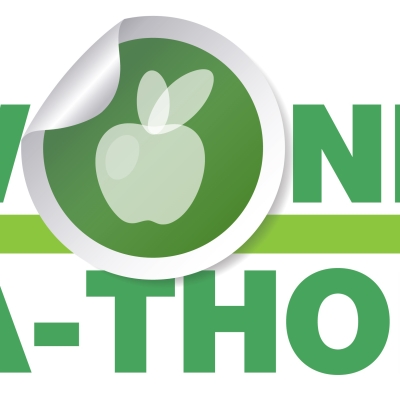Under President Obama’s stewardship, initiatives to expand access to high-quality early childhood programs have sparked heated political debate. Aiming to ground policy makers and education leaders in this conversation, a recent report from the American Enterprise Institute examines the effectiveness of early childhood education by analyzing and summarizing studies of the country’s ten best-known pre-K programs. It finds that high-quality pre-K works for some students, but the research is inconclusive as to whether it’s beneficial for all.
The report starts with an overview of the four most common research methodologies used to evaluate pre-K programs. These include assessing a program’s long-term impact with Randomized Control Trials, i.e., randomly assigning students to either a program (treatment) or non-program (control) group to measure differences in outcomes; comparing results for participating pre-K students against those for children who were eligible for pre-K but did not enroll; comparing results for participating students with a comparison group based on observable characteristics; and comparing outcomes for pre-K participants before and after the program.
One of the most positive takeaways from the research is that low-income children reap short-term and long-term benefits from high-quality pre-K programs. In Boston’s program, for example, students eligible for free or reduced-price lunch showed larger gains in math and cognitive skills when entering kindergarten. Low-income, high-risk children who attended the University of North Carolina-Chapel Hill’s Abecedarian Project were three times more likely to have earned a college degree—and 42 percent more likely to be employed full-time—than those who did not. And researchers focusing on the Perry Preschool Program in Ypsilanti, Michigan, noticed positive impacts on educational attainment and employment for low-income students. At age twenty-seven, male and female graduates were at least 30 percent more likely to receive their high school diploma or GED.
Yet not all the news was good. A few programs did not result in sustained academic benefits for students. For example, three- and four-year-olds enrolled in Head Start performed no better in reading and math than those in the control group by the end of third grade. And Tennessee Voluntary Pre-K students scored slightly lower than control students in achievement measures at the end of second grade.
The authors are hesitant to draw overarching conclusions from these studies because of methodological differences and shortcomings, as well as variations in enrollment size, design, and operation of the programs. Instead, the authors conclude that we ought to strengthen existing research methods before we base policy decisions on studies’ findings—at least when states and districts are considering “pre-K for all.”
When it comes to disadvantaged youth, however, valid research clearly finds that poor and minority boys and girls can benefit immensely from access to high-quality early childhood education. Thus, states and districts should invest—or continue investing—in programs that directly target these kids. In the words of Georgetown Professor William Gormley, pre-K programs can function “like the lead-off hitter in baseball. The role of the lead-off hitter is to get on base and lay a foundation for what everyone else on the team does. That's what a good early childhood education program can do.”
SOURCE: Katherine B. Stevens and Elizabeth English. “Does Pre-K Work? The Research on Ten Early Childhood Programs—And What It Tells Us,” American Enterprise Institute (April 2016).
